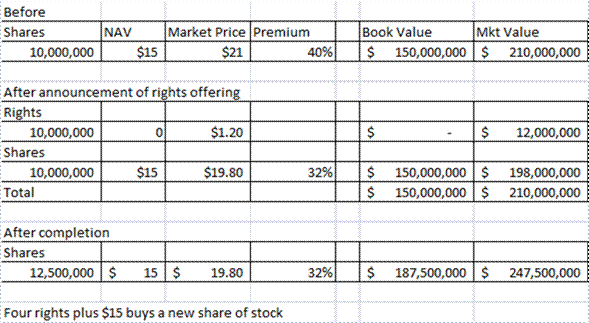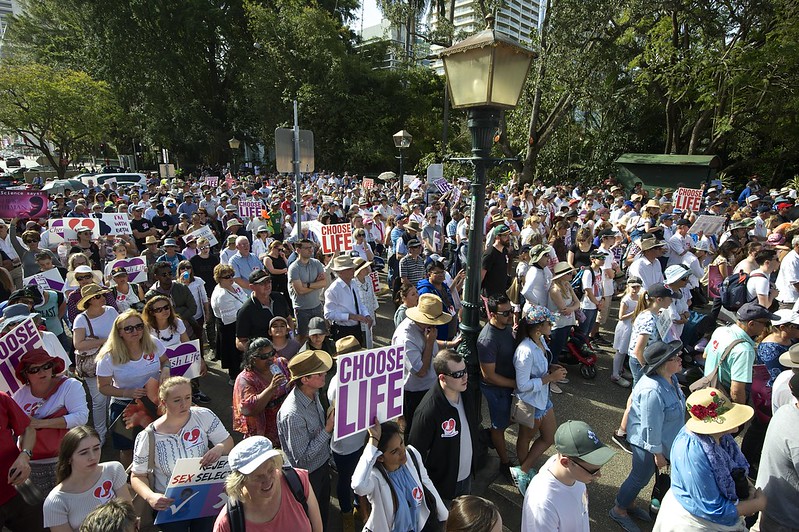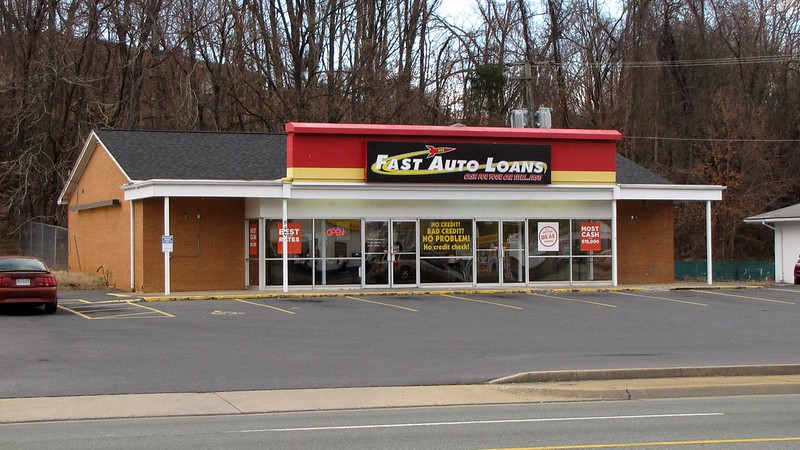Photo Credit: Morris Zawada || Looked at many dissent pictures, and they did not represent my views. A Pro-life march, in its principled and relatively quiet nature, with people who are mostly otherwise apolitical, fits.
I’ll give the big news up front, then I will explain. I decided to put Triple-S Management in the “too hard” pile, to use a phrase of Buffett’s. I am flat the stock for my clients and me. I don’t short, but if the price drops severely if/when Propiedad (the P&C subsidiary) goes into insolvency, I will buy in again.
Here’s my overall thesis: 1) I find it difficult to believe that Propiedad is solvent on a current basis. I do think there are reasons for the PR insurance department to play along as if they are solvent, giving them time to become solvent… but that’s a gambit that might not work if enough policyholder lawsuits succeed and get payments significantly higher than the amounts at which they are reserved. If that happens, and claims incurred from prior years goes significantly positive, there will be a lot of disbelief about the solvency of Propiedad.
2) If Propiedad goes insolvent there may be an effort to allege or force the parent company to stand behind all claims. That may take a number of forms, some of which are informal and messy, and are not likely to work. The formal methods of trying to do it are also not likely to work. That said, who can tell how a judge might rule on some marginal things that Triple-S did.
3) The stock is not going to zero. My base case is around $30/share if Propiedad is allowed to fail without additional cost to Triple-S.
Why Propiedad might Fail
I spent a decent amount of time thinking about the reserving issues, and it is possible for a P&C insurer to estimate values considerably lower in the short-run than what the company might ultimately pay. This is particularly true with long-tail coverages like asbestos and environmental, but less true with home and property claims.
In the 1980s, it was alleged by some industry observers that the entirety of long-tail P&C reinsurers that were active at that time were effectively broke. They were under severe stress. They delayed paying claims. They played for time hoping that they would earn enough on new business that they could stay afloat. Like the old joke, they hoped to eat the whole elephant “one bite at a time.” And for many of them with forbearing regulators and insureds, it worked. In similar situations, if regulators or insureds don’t play along, they can be forced into insolvency.
That may end up being the case with Propiedad. Insureds may win in court cases, and the initial winners will deplete the claims paying ability of Propiedad, leading the PR insurance department to take over to preserve value for the remaining claimants.
We are now more than two years past the Maria hurricane, and much of Puerto Rico is still a mess. Part of that stems from slowness in the US Government in giving aid. Some of its stems from insurers being slow to pay, and the courts of PR possibly being clogged as a result of all of the lawsuits being filed.
It seems that Propiedad has saved the worst for last in its effort at paying its claims. Thus comparisons to what has been paid already may be less than valid. It’s unusual to have so many claims hanging out past two years. Part of this is due to the size of the disaster relative to the size of Puerto Rico. Part of it also is that claims contested in court will take longer, and the courts may have their hands full.
But another aspect could be the insurance department trying to maximize claim payments to commercial insureds. If Propiedad survives, claimants have the opportunity to get a full payment. If Propiedad fails, and goes into liquidation, claimants will be limited a share of the assets in Propiedad, and whatever can be assessed by the PR Insurance Department on the premiums of surviving P&C insurers serving the state, up to a limit of $300,000/claim and $1,000,000 to any given entity.
In other words, you can sue Propiedad for what you would like, but the maximum you can recover if it is insolvent rests on:
- the maximums as specified by the guaranty fund, or if there is more money from the insolvent estate of Propiedad
- pro-rata reimbursement of claims over the maximums of the guarantee fund.
If Propiedad is afloat and earning money, and not paying dividends to Triple-S, the recovery levels of all claimants above the guaranty fund limits get higher. Also note that the PR Insurance department may not want to assess the remaining insurers. With the limited supply of insurers active in PR, it would likely mean higher premiums for all who are insured, in order for the companies to pay the assessments.
(As an aside, the P&C guaranty funds have a nice website with lots of data. I’ve cited some here already. It would have been more interesting if a means of contacting the PR guaranty fund were there, or how many claims their guaranty fund has had, and the assessments needed to fund them. But alas, PR has not reported financial data to them since 2010.)
But that brings us to the next point which will be:
Will Triple-S Pay the Claims of Propiedad?
I don’t think so. First, such an obligation is not listed in the 10-K or the statutory statements. A. M. Best rates them that way also. Propiedad has made statements like Triple-S stands behind Propiedad, but those are far short of a “full faith and credit guarantee” from the parent company. I should know: for four years I wrote GICs [guaranteed investment contracts] from a bankruptcy-remote subsidiary of the parent company. When my credit rating was no longer good enough to sell GICs because of buyers insisting on higher ratings, I could not get the parent company to agree to guarantee the GICs, and so I closed down the line of business.
It’s not impossible, though, that a judge would look at the vague statements and conclude otherwise. I think Triple-S would have meritorious arguments that other companies have said things like that, and they were not used to create a “full faith and credit guarantee.”
It is more likely that implicit pressure against the health subsidiary could be used to have Triple-S pay a limited amount to help with claims as they send Propiedad into insolvency.
If Triple-S Avoids Claims Due to Propiedad
The tangible book value of Triple-S excluding their equity in Propiedad is a little more than $34/share. Imagine Triple-S closing down operations because PR takes away their ability to write more health business. There would be a minor panic as many people and companies would have to go to the remaining health insurers in PR for coverage, and insurance rates would certainly rise. Triple-S would keep a skeleton staff for one year, and a smaller one for the next year as they pay out terminal dividends to the shareholders of at least $30/share.
But I could be wrong. Clever lawyers could find a way to charge Triple-S with the full value of claims owed by Propiedad, and those claims would have to be over $1.2 billion to drive the stock to zero. Those are the two victory criteria for the shorts. If Maria claims against Propiedad end up less than $300 million or Triple-S can send Propiedad into insolvency, then it is worth more than the current price.
But for now I will sit back and watch. There are too many jolts and bumps here, and I have safer ideas to invest in.
PS — I think the shorts would do better if they laid off the sensationalism of certain events associated with the management of Triple-S, and focus on the main question: can Triple-S be charged with the claims that Propiedad can’t pay? That is the key question.
Full disclosure: no positions in any companies mentioned in this article, for clients or me. This updates my views since the last article.











